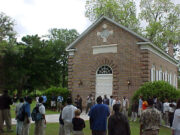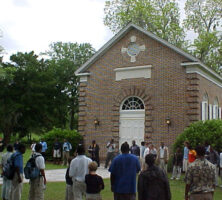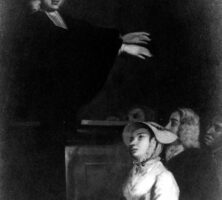Bethesda, or “House of Mercy,” was the name given to the orphanage founded near Savannah by the evangelist George Whitefield in 1740. Its significance rests partly with the close association it had with Whitefield but also on the pioneering role it played in the care of orphan children in Georgia.
No formal provision was made for the significant number of orphan children living in Georgia in the 1730s, and shortly after Whitefield arrived in Georgia in 1738, he determined to raise funds for an orphanage. As he traveled through the American colonies, igniting what historians later termed the Great Awakening, Whitefield also collected money for his orphans in Georgia. By 1740 a site had been selected a few miles south of Savannah, some buildings had been erected, and the first children (including a young Lachlan McIntosh) had taken up residence.
Whitefield’s attitudes toward the children in his care were shaped by his belief that all children were inherently willful and therefore wicked. The regime at the orphanage was meant to instill discipline in the children and to reform them into useful and pious citizens. This view of child care was not shared by all residents of Georgia. Some commented on the harsh regime, others on Whitefield’s desire to “save” all children, even those who had relatives to care for them. Further criticism stemmed from Whitefield’s close association with Methodism, though he never actually left the Anglican Church. Some believed that the orphans at Bethesda were being indoctrinated in fanaticism so that they could follow in Whitefield’s footsteps as evangelical preachers.
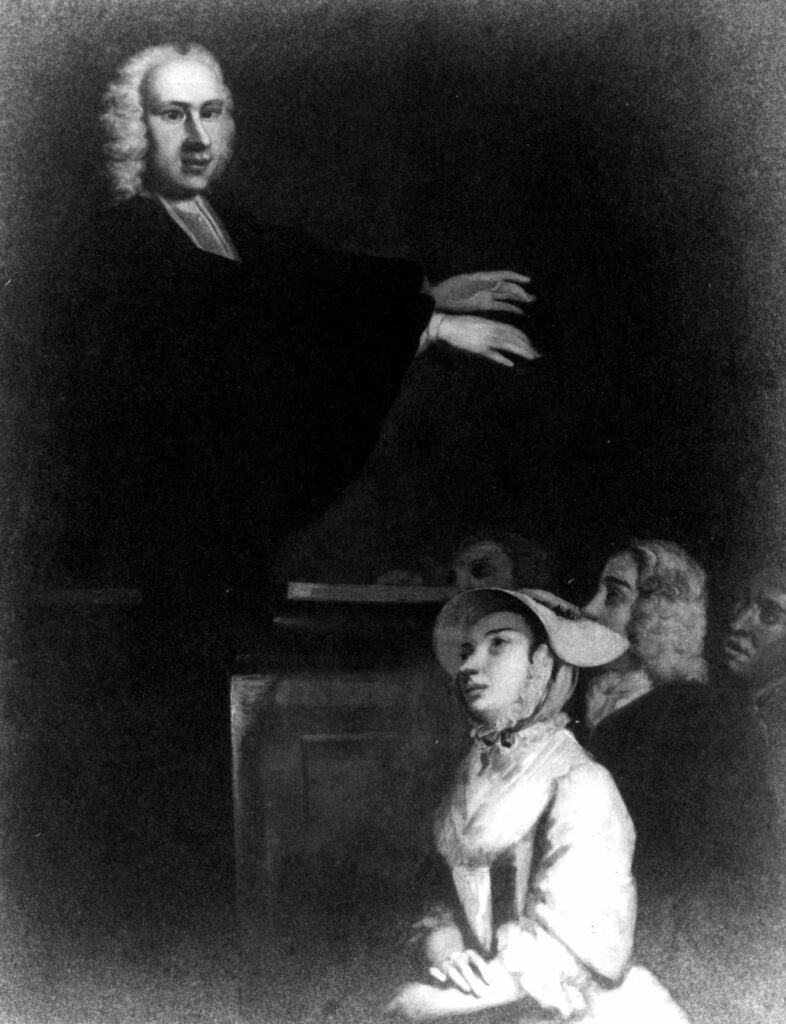
Courtesy of Hargrett Rare Book and Manuscript Library, University of Georgia Libraries.
Whitefield died in 1770 after attempting unsuccessfully for a number of years to turn Bethesda into a college, along the lines of Princeton in New Jersey or William and Mary in Virginia. He left Bethesda to the countess of Huntingdon, who had sponsored some of his preaching activities in England. The countess tried to continue Whitefield’s work, sending teachers and missionaries to Bethesda to care for the orphans, but a devastating fire in 1773 destroyed the main orphan house. The orphanage continued to exist on a reduced scale throughout the American Revolution (1775-83), with both British and American troops camping nearby on occasion.
On the countess’s death in 1791, the state of Georgia assumed control of Bethesda and appointed trustees to manage it. For a number of years the trustees funded a school on the site, at last realizing one of Whitefield’s aims, to teach the children of the poor. Just when Bethesda’s situation was improving, the site was again ravaged by fire in 1805. The trust was eventually dissolved in 1808, and the land on which Bethesda had been built was sold.
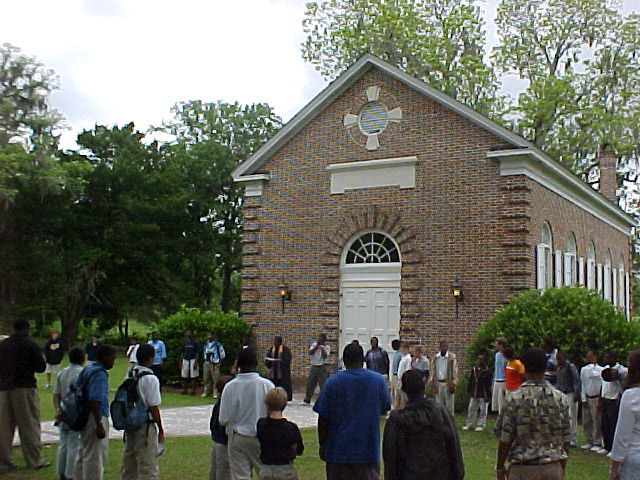
Courtesy of Bethesda School for Boys
In 1855 the Union Society, a charitable organization that had been closely associated with Bethesda since 1750, purchased the old site and resolved to rebuild the orphan house. Bethesda has offered residential care to orphan boys ever since, fulfilling its original mission. A school has periodically operated at the site, and the orphan house now has many alumni who otherwise might have lived in poverty all their lives.


